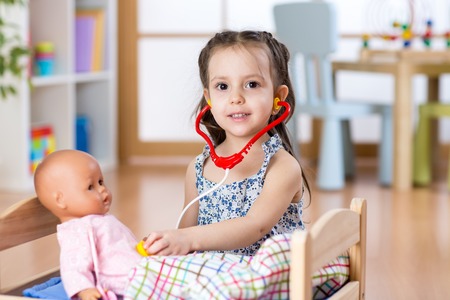Just like learning to play a sport or learning to read, there is a set process for mastering the fundamentals, typically broken down into smaller steps or chunks. Similarly, one of the most important elements of the play therapy process is the four phases of treatment. Kids go through a very specific progression, and it is helpful that parents understand what to expect.
Initiation Phase
In the first phase of treatment, many things take place. More than any other objective, a rapport and bond is built between the child and the therapist. The child learns what to expect, and that play therapy is safe. A relationship is established as they get to know each other and learn more about each other. The child understands that the therapist can be trusted. And the child becomes familiar with the process, the toys, and the expectations for treatment.
Resistance Phase
As with any client, adult or child, resistance is a natural part of therapy. The client comes to the crossroads where all of the easy and nice stuff has been processed. So, the child has a choice to make – I can either dig in and face all of the things that need to be addressed, or I can fight it because it is scary, uncomfortable, and difficult. This process typically is observed as acting out emotionally or behaviorally, either at home or in the play room. This is usually a brief time period, but it is significant in the process. As soon as the child realizes that she can handle therapy, and that she is brave and strong enough, the bulk of the progress begins.
Work Phase
This is the phase where the child is fully invested in the process and working hard to address all of the issues and struggles in the play room. The child is continually healing, growing, and making progress on all of the areas of concern. This is also the time frame in which you will be able to notice the most marked changes in behavior, emotions, interaction, and communication. The child begins to demonstrate better coping skills, self-regulation, and resilience.
Termination Phase
This final phase of treatment is centered around termination of treatment. This is necessary so that children feel equipped and prepared to continue without therapy and without the therapeutic relationship. This is also an opportunity to create a healthy and happy goodbye for children, who typically experience negative associations with goodbyes. The child and the therapist reflect back on all of the things that were addressed, and a celebration of the progress and growth marks the final session.
Each phase in treatment is equally important and serves a distinct and significant role in the play therapy process for kids. And while every child is different and takes a different path toward healing in treatment, every child engaging in play therapy will progress through these four phases.

